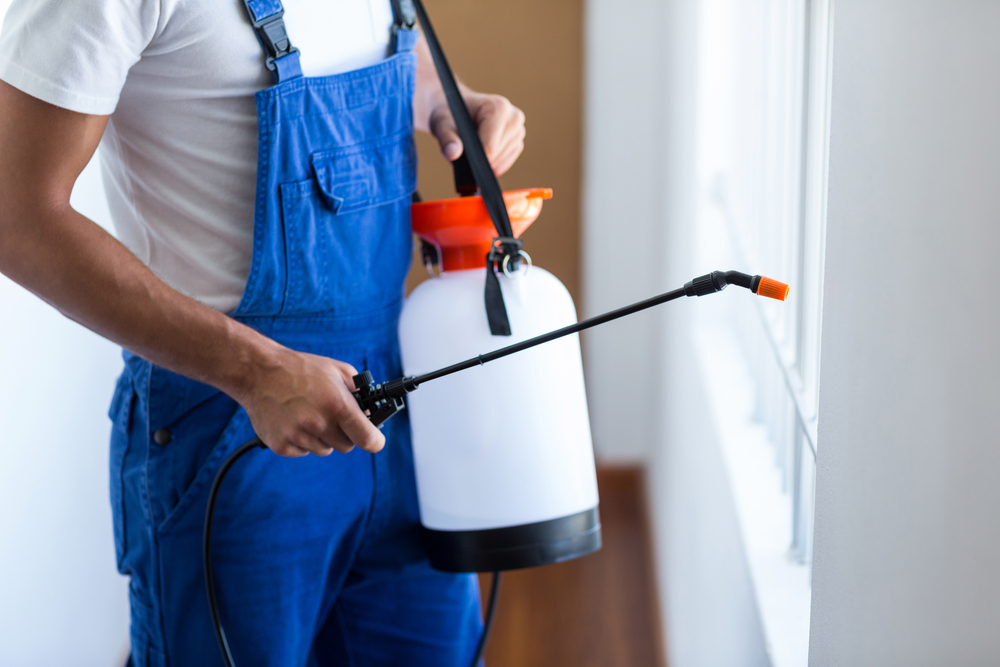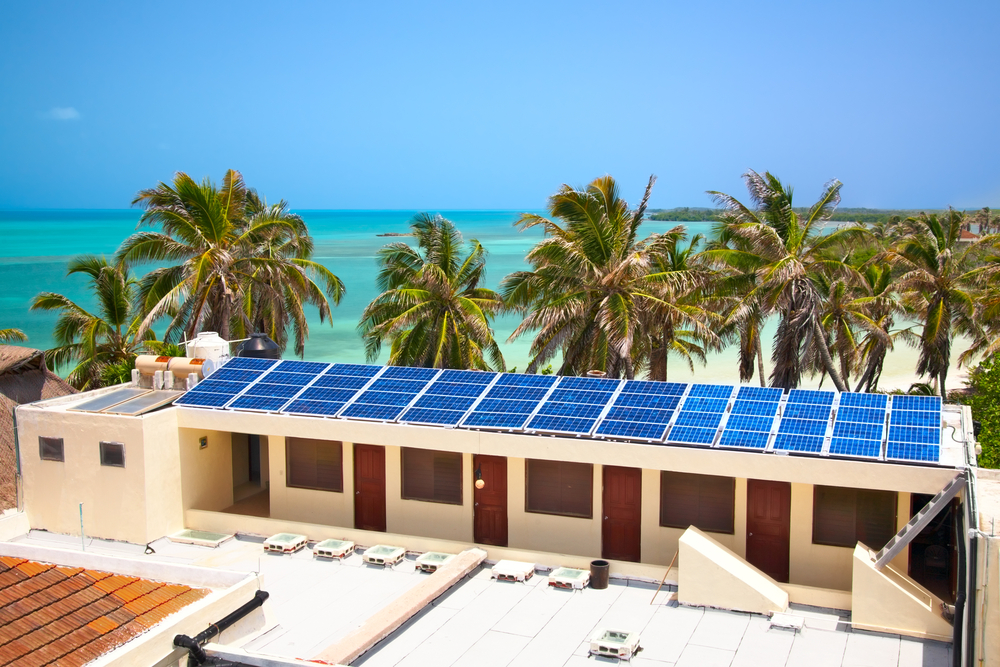Trees can perform wonders on your yard whether it’s for aesthetic purposes, peace of mind or landscaping benefits. Contrary to popular belief, however, not all trees are miracle workers. In most cases, the trees that do more harm than good are just downright deceptive. While giving off the appearance of looking nice or complementing the environment around your once lovely abode, they can turn out to be intrusive to your yard, displeasing to the eye or nose, or actually destructive to you and your home.
The worst trees to plant in your yard can be identified in one or more of the following three categories; landscape nemesis, home’s worst nightmare or sore limb.
Landscape Nemesis
Landscape nemeses are trees that harm your yard. These evil doers can damage your soil, kill surrounding vegetation and even attract unwanted pests that spread diseases and causing other plants to get infested.
- Norway Maple: The Norway Maple has a thick and shallow root system, which means the tree ends up smothering itself to death. On top of that, the shade the Norway’s branches produce is so abundant that it kills the grass that lays in the wake of its shadows.
- Ash: The tree itself is actually quite pleasant. It’s powerful and pleasing to the eye. However, the Ash attracts an insect known as the Emerald Ash Borer, a beetle native to Asia. The Emerald Ash Borer is a large threat to Ash trees, which is why certain precautions should be taken, such as don’t transport or sell Ash firewood to other areas. This will increase the risk of spreading the pests to other Ash trees. If your Ash tree is infested with the Emerald Ash Borer, call a professional arborist or forester.
- Quaking Aspen: The Quaking Aspen’s root system is a monster. It will rip through your yard’s soil in an attempt to create more trees from the same root system.
- Chinese Tallow: The Chinese Tallow is a dangerous tree because it interacts aggressively with the species around it. Its competitive nature allows it to outperform and conquer any plant around it. Although decorative, don’t be fooled by this invasive species.
- Russian Olive: The Russian Olive is so invasive and stubborn that cutting it down won’t even rid your yard of its presence. This fiend of a tree will continue to grow back unless greater force is taken, such as killing it with a potent herbicide or removing the tree entirely.
Home’s Worst Nightmare
A home’s worst nightmare is any tree that threatens its foundation and structure. These types of trees can turn up sidewalks, burst water pipes and damage a home’s construction.
- Hackberry: The Hackberry is a feeble, yet devastating tree. Its roots will tear up sidewalks and burst water lines. In addition, its weak structure leads to limbs falling on your home or vehicle from high winds or heavy weight from ice or snow.
- Leyland Cypress: The Leyland Cypress is a speedy grower. Due to its quick sprouting capabilities, it tends to end up too top heavy and uproot during storms or from high winds.
- Cottonwood: Much like the Leyland, the Cottonwood tends to grow too fast, which makes it top heavy and easily uproot able.
- Willow: The Willow is a scavenger of water and will ransack any source it can get its roots in. Not only will dry up your yard, but it will also destroy water pipes and irrigation systems in search of water.
- Pecan: The Pecan is known for its fragility; limbs and branches will fall without hardly any resistance, which can again potentially damage your home depending where those limbs fall. Additionally, it loses an obnoxious amount of leaves that can and most likely will clog your gutters.
- Eucalyptus: The Eucalyptus is infamous for its spontaneous branch fallings. Much like the other “Home’s Worst Nightmares”, the Eucalyptus is quick to sprout, but is a menace to anyone or anything underneath its limbs.
- Mountain Cedar: The Mountain Cedar is a hazardous adversary to those with severe allergic reactions. Oddly enough, its pollen is released in the winter months as opposed to spring and early summer.
- Linden: In the summer, a Linden tree will become infested with aphids, which are commonly known as plant lice. The terrible thing about aphids is they secrete sap…be prepared for your home and yard to be covered with this secretion.
Sore Limb
A sore limb is a tree that carries a certain unpleasing aesthetic; it looks hideous, drops an obnoxious amount of leaves/acorns/etc. or permeates the air with a horrendous odor.
- Pin Oak: Pin Oaks are a sore limb because they require a large amount of upkeep and if not maintained, they can look rather sloppy and unhealthy. They grow branches very low on their truck, which need to be trimmed. Furthermore, they must be planted in acid soil. Otherwise, it won’t make it. Unless you have the time to continue upkeep with the Pin Oak, you could have a poor looking tree in your yard.
- Catalpa: If you have a Catalpa in your yard, be prepared for a lawn full of leaves, seed pods and…WORMS. This tree sheds almost all year round, leaving your landscape engulfed with giant brown leaves, twigs, bark and seed pods from the flowers it blooms. The worst part is the seed pods attract Catalpa worms! Not only do you have to constantly rake leaves, twigs and seed pods, but keeping an eye out for the THOUSANDS (that’s right, thousands) of these creatures doesn’t help.
- Sweet Gum: The Sweet Gum is quite deceptive. It’s a beauty in the fall, but the seed pods it drops have sharp spikes accompanying them. This can be dangerous for children running and playing, which makes this Sweet Gum into a sore thumb…or limb. You get the idea.
- Pecan: Despite the delicious nuts these puppies grow, the excess baggage that comes with doesn’t seem worth keeping the tree(s) around. They drop an enormous amount of leaves, branches and pecan shells. If the taste of pecans outweighs the eye sore these trees produce, then you might keep one around, but two is simply too much work.
- Hybrid Poplar: Hybrid Poplars may look great, but they are extremely vulnerable to diseases, meaning you’ll have a dead tree hanging out in your yard soon enough.
- Bradford Pear: Not only does the Bradford Pear fracture and start to come apart in its adulthood, they also emit a dreadful smell.
-
Black Walnut: Much like the Pecan, you have to deal with nut shells dispersed across your yard. However, what makes the Black Walnut much worse is the toxins it releases. These toxins can kill any plant and vegetation around the tree.
Stewart Scott is a certified arborist and the owner of Cevet Tree Service, who has provided tree services in and around Columbia, Mo, for over 15 years.
Resources:
http://hubpages.com/hub/5-Worst-Trees-For-The-Lazy-Landscaper
http://forestry.about.com/od/treeplanting/a/ten_bad_trees.htm
http://landscaping-lawns-ponds.knoji.com/a-list-of-the-worst-trees-to-plant-in-your-yard/






